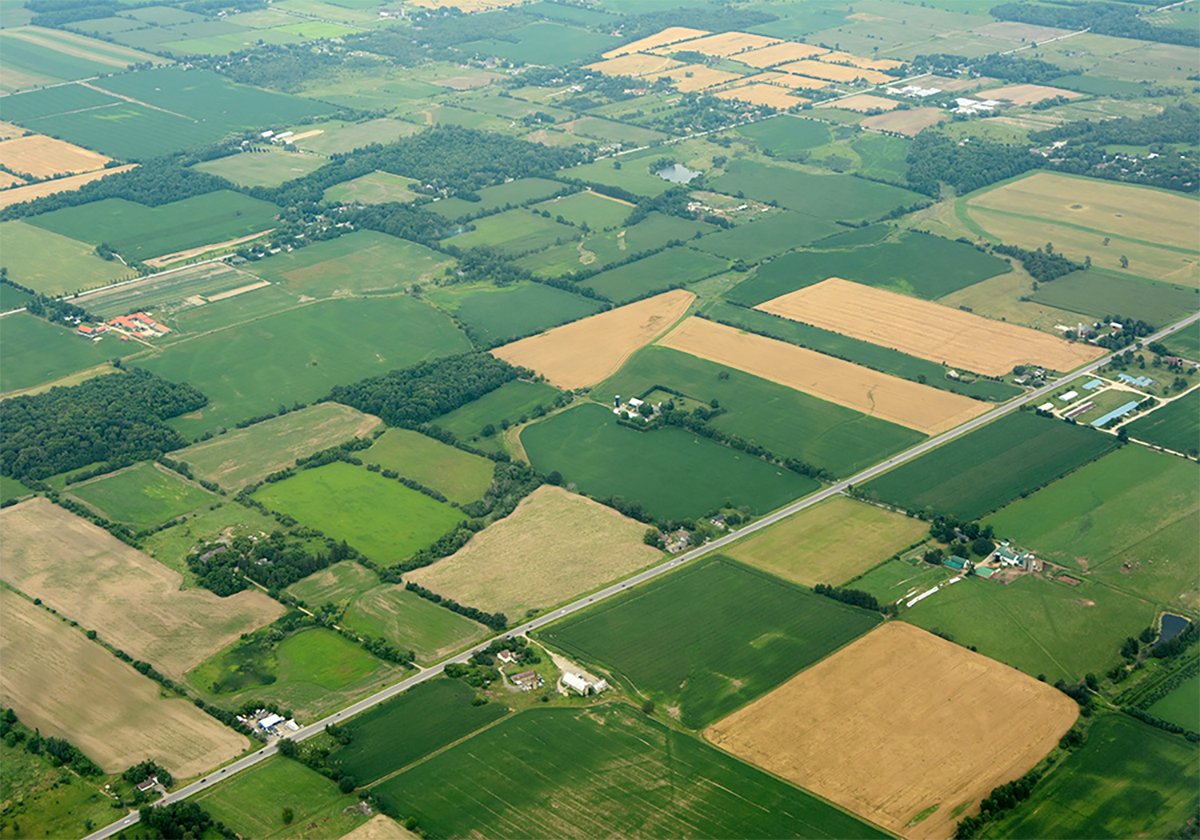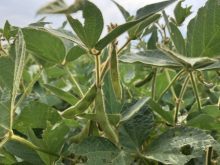It’s the season to agonize over cropping choices.
This isn’t such a big issue for producers who grow mainly canola and wheat, but there are a host of factors to weigh for those who keep cropping choices more fluid.
Here are some of the considerations:
Canola: The big increase expected in American soybean acreage means canola price prospects are guarded at best. Some of the best new crop pricing opportunities are probably gone. Canola is a high-cost crop to grow, and many producers are considering other options on at least some of their acres.
Read Also

Higher farmland taxes for investors could solve two problems
The highest education and health care land tax would be for landlords, including investment companies, with no family ties to the land.
Flax: Here’s a crop that saw a major acreage increase in 2014 and yet prices have remained steady or even strengthened. Some new crop price suggestions of more than $11 a bushel have been floating around, and while that’s down substantially from current cash prices, it may look pretty good by the time next fall rolls around.
The big downside for flax is yield. The dollars per bushel might look good, but the dollars per acre can still be disappointing.
Mustard: Yellow and oriental mustard prices have held up well, but brown mustard has dropped because of oversupply. Some reasonable new crop pricing opportunities are available on yellow and oriental.
Mustard is a minor acreage crop and weed control options remain limited. You shouldn’t grow mustard on any field that has had canola within five years because there’s no way to control the canola volunteers.
Wheat: Wheat prices have risen somewhat, but potential returns are not exciting. The higher yielding classes of wheat were pounded by disease, so there will be a tendency to go with hard red spring in 2015.
Durum: Producers with good quality durum have achieved amazing returns. Even medium quality durum has been worth a lot of money. Will the bonanza continue or will producers around the world overproduce in 2015 and cause the durum price premium to evaporate?
Durum carryover will be tight, and producers are worried about a repeat of the severe fusarium problems experienced in 2014. That may limit the interest outside of the traditional durum growing region. Seed supply and price may also limit the acreage increase. Good quality certified durum seed with low disease is selling for around $20 a bushel.
Barley: It’s hard to make money with feed barley, and malting barley has become largely a niche market. Even if producers can meet the quality parameters, most of them will find new crop malting barley contract prices less than attractive. Barley remains a crop with serious issues.
Field peas: Yellow pea prices have approached $8 a bushel, which should generate additional acreage, even though it’s difficult to predict what the price might be next fall.
Lentils: Red and green lentils have been price darlings for anyone able to produce reasonable quality, although the crop did not tolerate waterlogged soil well in southeastern Saskatchewan in 2014. Despite high prices, producers in some regions will drop lentils from their cropping options list.
There will be tremendous interest in lentils in the traditional growing regions, but good seed may be difficult to find. As well, prices are likely to be much lower in the traditional growing regions. Watch for new crop contract prices to be disappointing relative to current cash prices.
Flax, durum, peas and lentils will likely gain acreage in 2015 at the expense of canola, wheat and barley, but seeding decisions right now are in a state of flux.
Kevin Hursh is an agricultural journalist, consultant and farmer. He can be reached by e-mail at kevin@hursh.ca.















